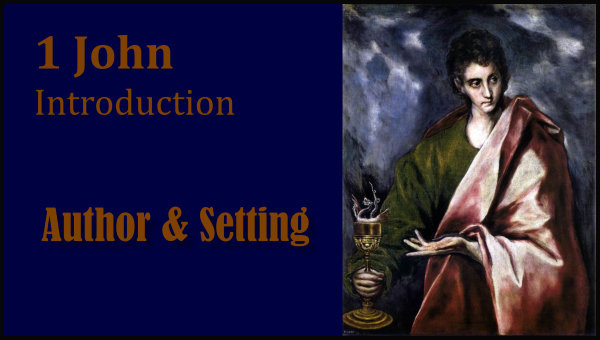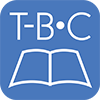By Tyson Thorne

What better time of year than summer to take some time to discuss the first letter written by the apostle of love? Over the next couple weeks we’ll be looking at the book of First John from a cultural-historical perspective.
Although his name never appears in this letter, it is clear from the tone that the author possesses authority, and that he places himself among the eye-witnesses of the Savior’s life. Clearly, the letter has apostolic authorship, and tradition as well as style holds that it was written by John. Further, there is little indication in the text to suggest the date of composition. Clues arise from the content of the letter, as it addresses a heresy spreading through the early church. If the heresy being argued against is one which arose from the Palestinian churches (as is likely), a date sometime before the Jewish revolt can be affixed to it. This epistle, then, was written to combat the Cerinthus heresy. Cerinthus, an archenemy of John’s, taught that Jesus was merely a man whom the divine Christ descended upon at His baptism and departed from shortly before His crucifixion. Further, people were not genuinely sinners, and could know a life without sin. This seems to fit well with John’s writing, therefore, a date of AD 60 to 65 is generally accepted.
As Christianity began its global trek, a great many questions were raised by peoples of other religions and philosophies. In essence, they were tolerant of other religions, and wished to include Jesus in their pantheon of gods. But Jesus did not conform to their idea of God. For instance, how could God become flesh? How could God die? If Jesus is a deity, who was He?
Cerinthus was a man largely influenced by what would later become known as Gnosticism and who developed his own brand of the “Knowledge Cult.” Central to his beliefs was the concept that physical matter is evil, and that only pure spirit is good. He agreed with Christians that man was both a physical and a spiritual being, and was therefore both good and evil, but his initial assumption regarding the evil nature of physical matter lead him to incorrect conclusions regarding the person of Jesus Christ. For instance, he could not believe that Jesus was both God and man simultaneously. Later, Gnostics would claim that if Jesus was God, then he was not physical but a phantom, or perhaps a demigod, a mixture of both spirit and flesh like us only more powerful. But Cerinthus put a new spin on the controversy by claiming that Jesus was a physical man whom God rested on in a special way; God’s Spirit necessarily left Jesus before His death on the cross.
He also erred on the salvation of man's evil nature. Because matter was evil, and spirit righteous, some Gnostic circles taught they had to beat the body and accent the spiritual in themselves to be “good enough” for heaven. Others believed that, because the flesh was evil and could not be changed, that it was to be ignored. Focus on the spiritual, and never mind what your body does. This lead to great immorality, as one can imagine. But Cerinthus made the boldest claim yet: we are not sinners at all! Let the evil nature be evil and the good, good, and we are fulfilling the way we are made. Further, traits which are thought sinful, such as greed and bitterness and spite, are not truly sinful, but a natural part of man. As these ideas gained social popularity, Christians became accustomed to these ideas and began to focus on becoming super-spiritual, denying the physical body and excusing moral laxity. It is to this trend that John responds in 1 John.
The Big Idea: Fellowship with God the Father and the Lord Jesus cause believers to live in obedience to the Word and in love for their brothers and sisters in Christ.
|
|
